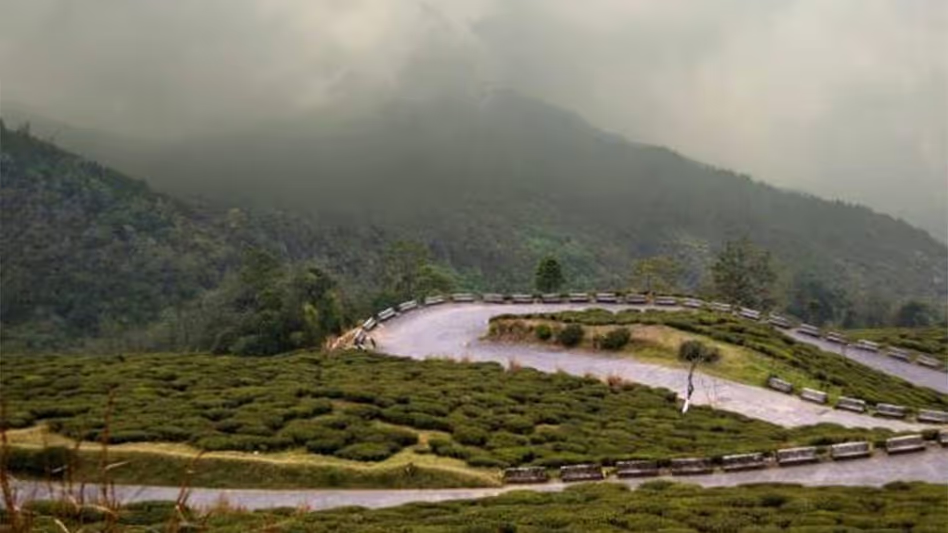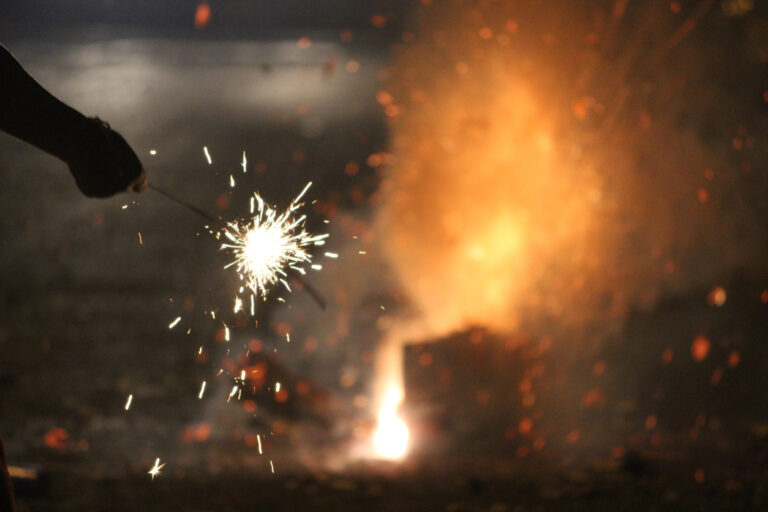
The Darjeeling hills in West Bengal have recently witnessed devastating landslides triggered by relentless heavy rainfall. The disaster has caused significant loss of life, widespread damage to infrastructure, and severe disruptions to daily life. Rescue teams are working tirelessly to assist the affected communities, while authorities continue to assess the damage and plan relief efforts.
Continuous heavy rain over several days saturated the fragile slopes of the Darjeeling district and neighboring areas such as Mirik, Kurseong, and Jalpaiguri. This saturation led to massive landslides that buried homes, damaged roads, and washed away tea garden quarters. The Dudia Iron Bridge, a critical link between Siliguri and Mirik, collapsed under the pressure of swollen river waters, further isolating communities.
Loss of Lives and Widespread Damage
The death toll has risen to over 20, including children. Mirik has been the worst affected, with 11 confirmed fatalities. Other casualties have been reported across Darjeeling and Jalpaiguri districts. Numerous homes, agricultural lands, and tea estates have suffered extensive damage. Additionally, transportation networks have been severely disrupted, as landslides blocked highways and railways, leaving many tourists and residents stranded.
In response, the National Disaster Response Force (NDRF), along with state and local authorities, has launched extensive rescue and relief operations. Emergency teams are clearing debris, providing medical aid, and setting up relief camps for displaced families. Meanwhile, the India Meteorological Department (IMD) has issued a red alert for Darjeeling and surrounding areas, warning of continued heavy rainfall and potential further landslides.
Challenges Ahead and Future Precautions
Despite ongoing efforts, rescue teams face significant challenges due to difficult terrain and continued rainfall. Many remote villages remain cut off, and the death toll may unfortunately rise as access improves. The damage to critical infrastructure, such as roads and bridges, will require considerable time and resources to repair. Moving forward, authorities must focus on improving early warning systems and strengthening slope stabilization to minimize the impact of similar disasters in the future.
For more updates, stay tuned in to The World Times.



